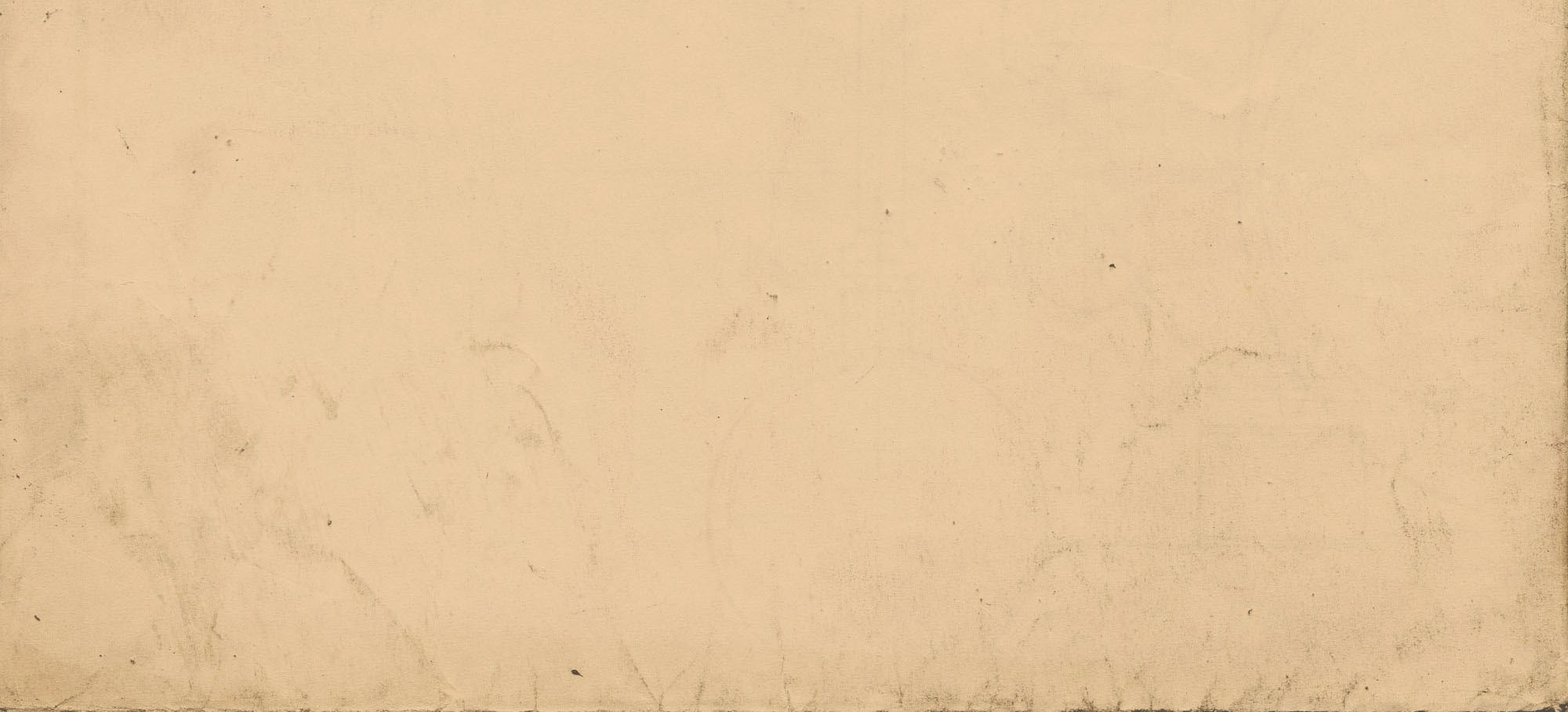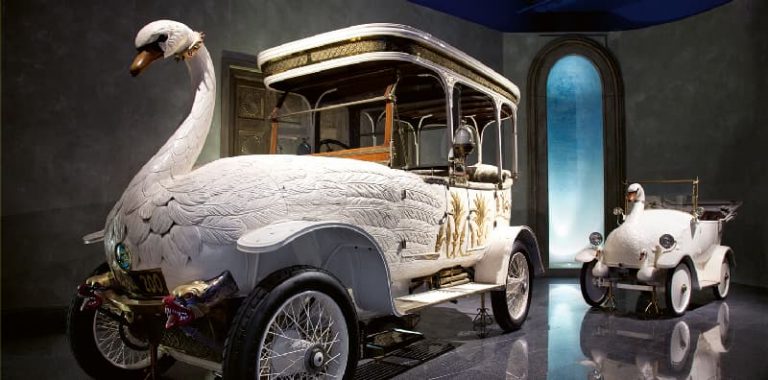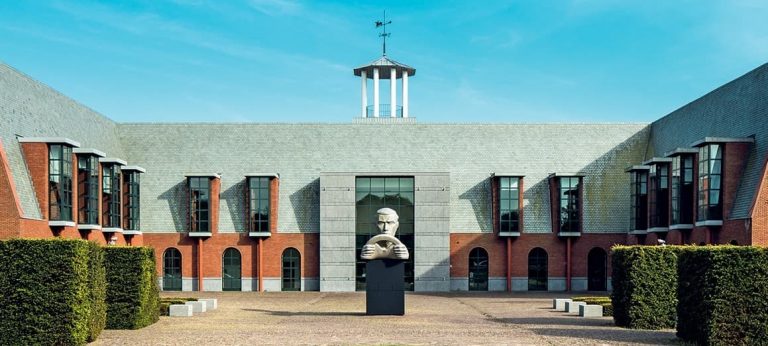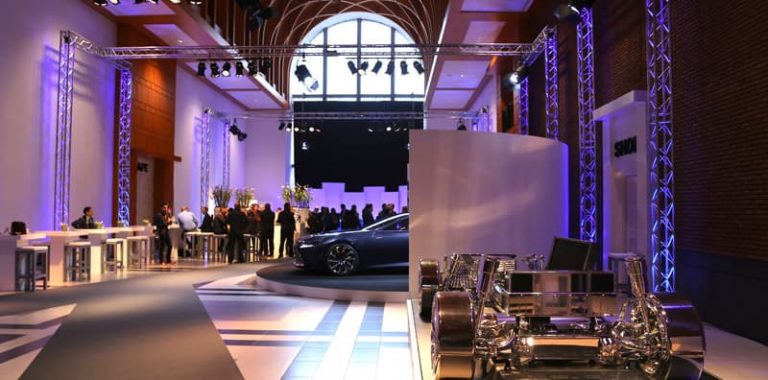Beleef de Franse auto revolutie van rond 1900
Vanaf 1870 deed de automobiel zijn intrede in de samenleving. Deze gemotoriseerde ‘paardloze’ rijtuigen zorgden voor een grote toename van verkeer. In Duitsland, de bakermat van de benzineauto was men terughoudend. En in Engeland wilden ze onder politieke druk de automobielen zelfs weren. In Frankrijk werd de automobiel juist omarmd. De bekende en betrouwbare stoommachines werden in de begintijd als aandrijving gebruikt. Pioniers hierin waren Amédée Bollée en later De Dion-Bouton & Trépardoux en Serpollet. Eerstgenoemde deed in 1873 met een 12-persoons stoomrijtuig 14 uur over van Parijs naar Le Mans te komen. Tijdens de expositie Automobiles Extraordinaires van 2 december 2021 tot en met 6 maart 2022 zijn de zeven meest iconische Franse automobielen uit het Belle époque in het Louwman Museum te bewonderen.
Een unieke collectie automobielen uit het Palais de Compiègne
De collectie Automobiles Extraordinaires komt uit het Musée National de la Voiture et Tourisme in het Palais de Compiègne. Naast deze automobielen herbergt dit museum een unieke collectie voertuigen uit de geschiedenis van het vervoer en de ontwikkeling van de individuele mobiliteit. Deze collectie bevat honderden objecten, waaronder ceremoniële rijtuigen en berlines, velocipèdes, de eerste motorfietsen en door stoom en benzine aangedreven automobielen. Maar ook draagstoelen, de ‘Jamais contente’ elektrische recordwagen uit 1899, en het Citroën rupsvoertuig dat deel uitmaakte van La Croisière Noire door Afrika in 1924.
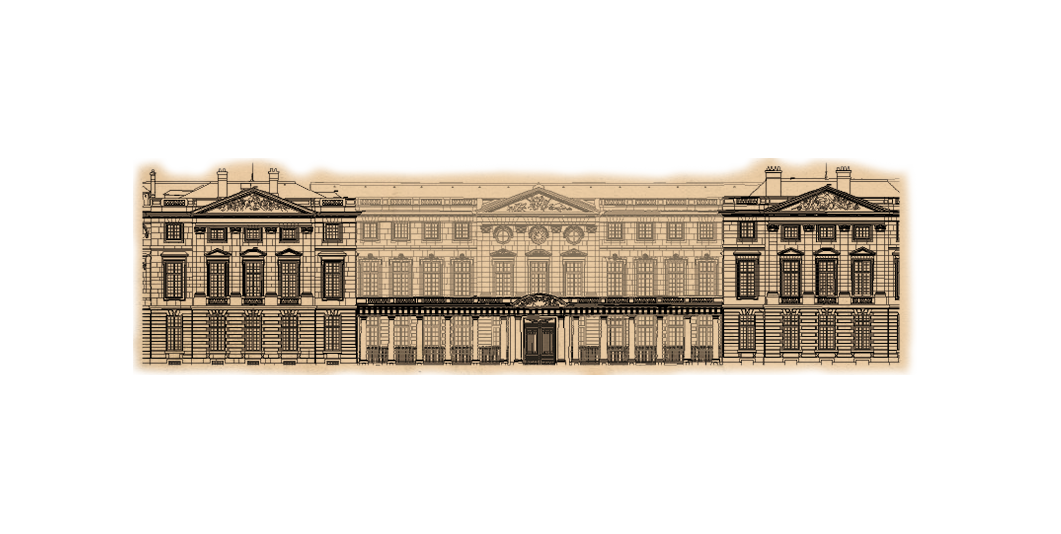
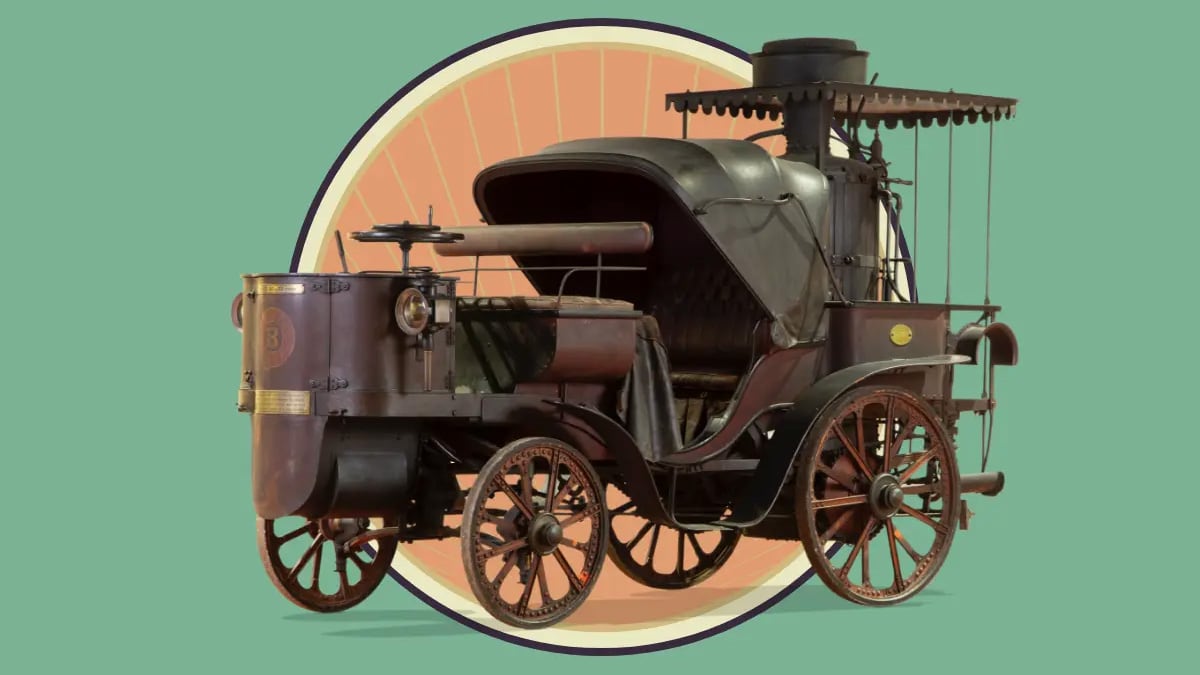
Amédée Bollée La Mancelle uit 1878
Deze stoomauto had een vooruitstrevend ontwerp. Door de tweecilinder motor van circa 30 pk kon een snelheid worden bereikt van 40 kilometer per uur. De La Mancelle is voorzien van een onafhankelijke wielophanging, achterwielaandrijving en een stoomketel op de achterzijde.
Kriéger automobile électrique K1 uit 1905
Deze elektrisch aangedreven auto heeft in elk voorwiel een elektromotor. Dit zogenaamde ‘paardloze voertuig’ is vervaardigd van licht hout. Met een actieradius van bijna 100 kilometer en een topsnelheid van 40 kilometer per uur was het een van de beste elektrische auto’s uit die tijd.
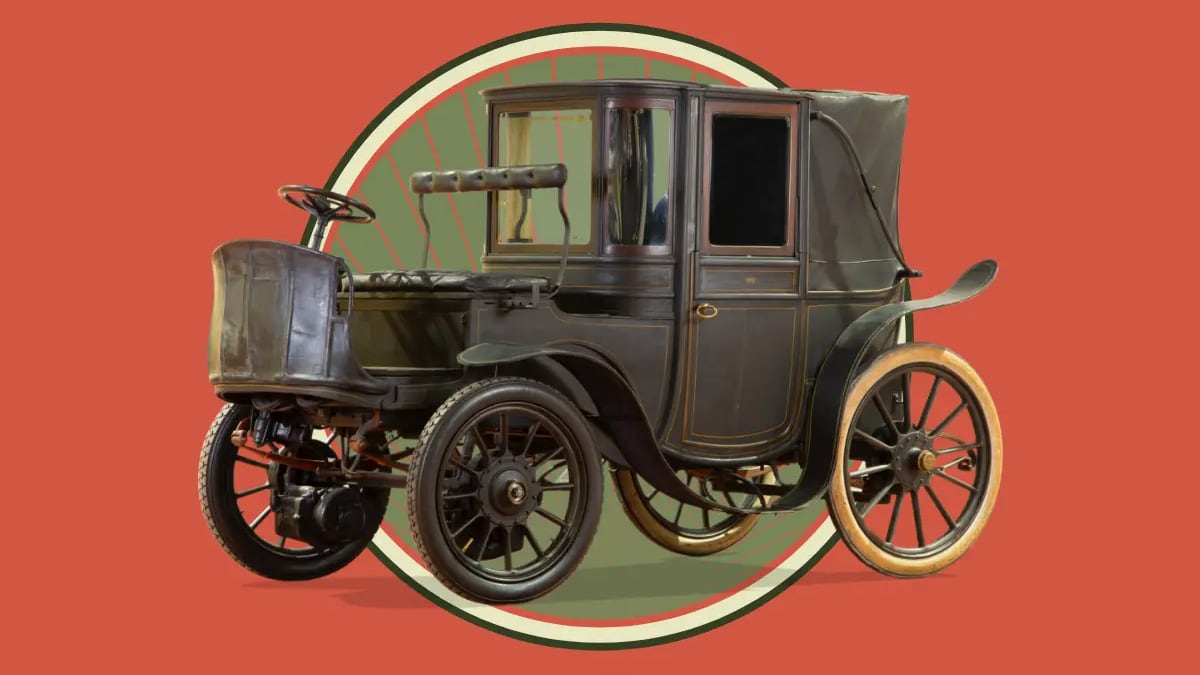
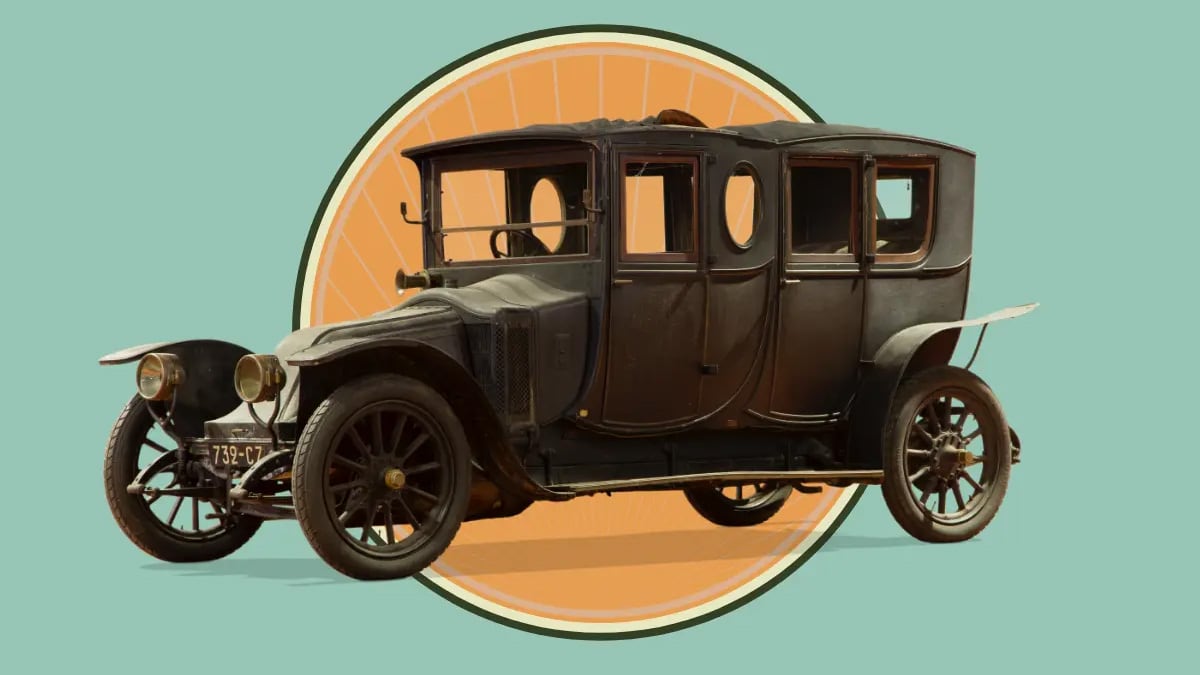
Renault Type CC Double Coupé 1911
Deze dubbele coupé, voorzien van een 3.562 cc viercilinder motor was in 1911 het topmodel van Renault. Het koetswerk van carrossier Kellner et Fils scheidde de twee compartimenten van elkaar door middel van een ruit, zodat de passagiers ongestoord met elkaar konden praten. De initialen en het familiewapen verwijzen naar de eerste eigenaar.
Bollée Tricycle uit 1895
Deze driewieler weegt slechts 160 kilo. De wagen was voorzien van een luchtgekoelde eencilinder benzinemotor van 3 pk waarmee een snelheid van 50 kilometer per uur gehaald kon worden. In deze eenvoudige en betaalbare driewieler zat de passagier vóór de bestuurder.
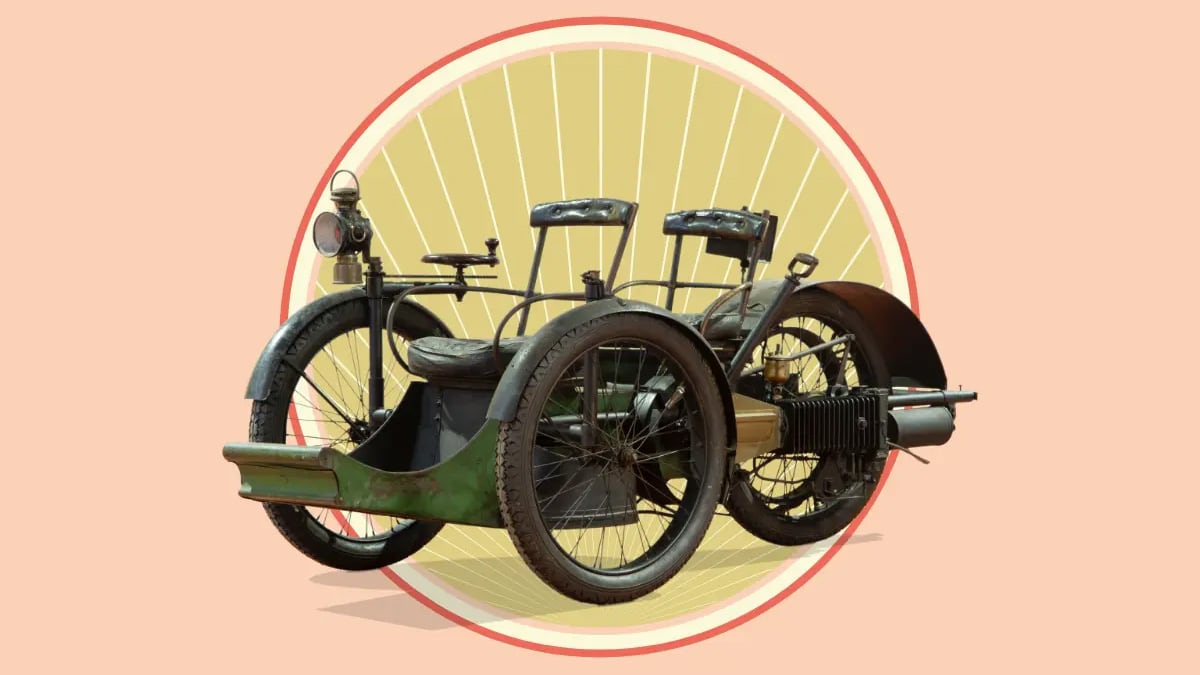
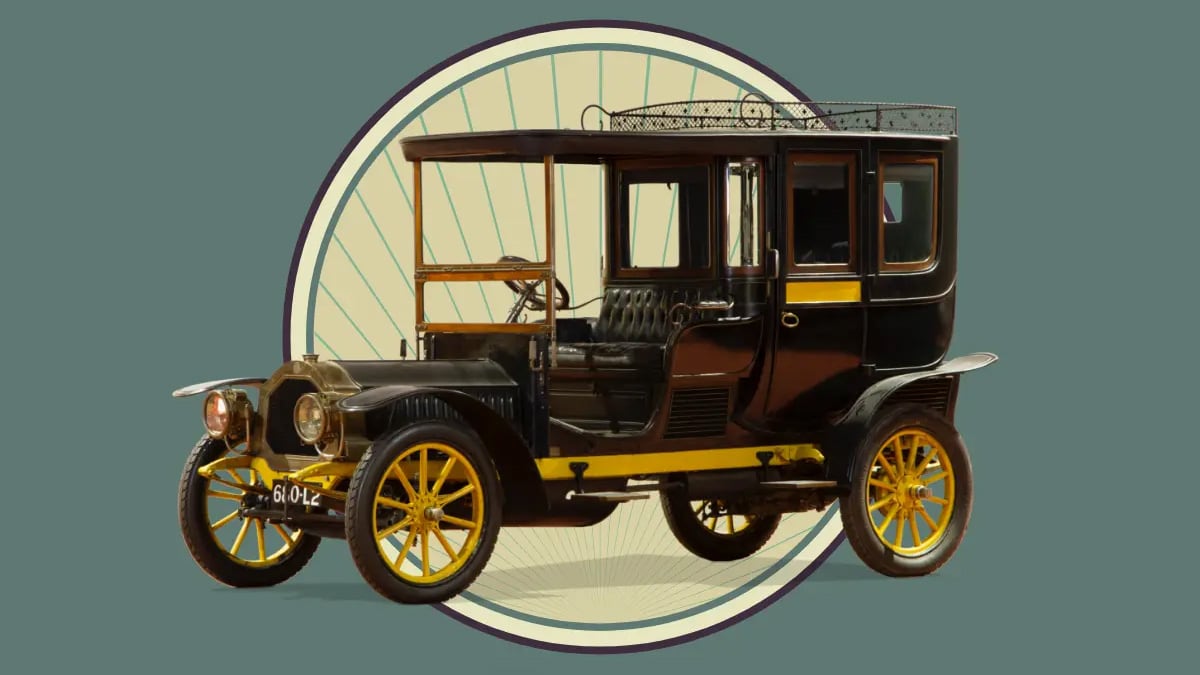
Dion Bouton Limousine Type AX uit 1905
Deze zogenaamde driekwart coupé is rechtstreeks ontleend aan de paardenkoets. De als directieauto gebruikte limousine is in 1907 gemodificeerd en uitgerust met een 2,5 liter viercilinder motor met magneetontsteking, goed voor een topsnelheid van 80 kilometer per uur.
Renault Limousine Type V uit 1906
Deze luxueuze auto heeft een viercilinder motor van 4,4 liter en een vermogen van 20 pk. Herkenbaar doordat de radiateur naast de motorkap en achter de motor is geplaatst. De houten carrosserie met op de portieren het wapen van de familie Bourbon-Parme is gemaakt door de beroemde carrossier Million-Guiet uit Parijs.
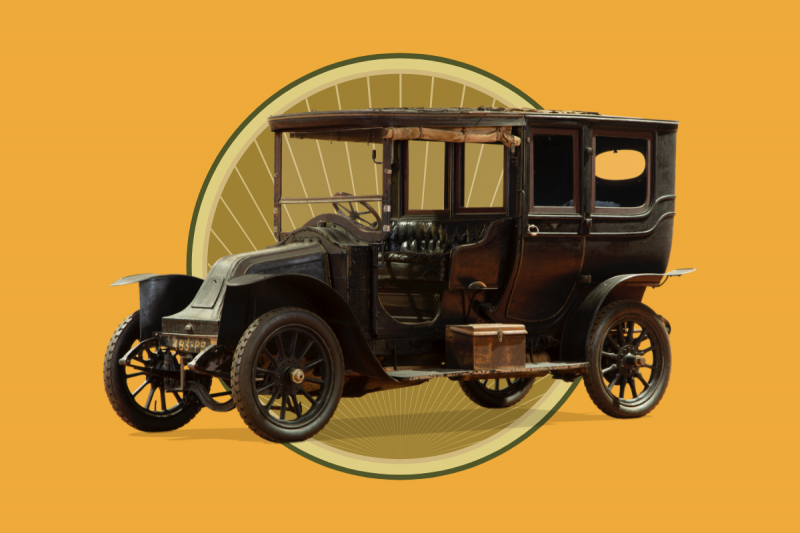
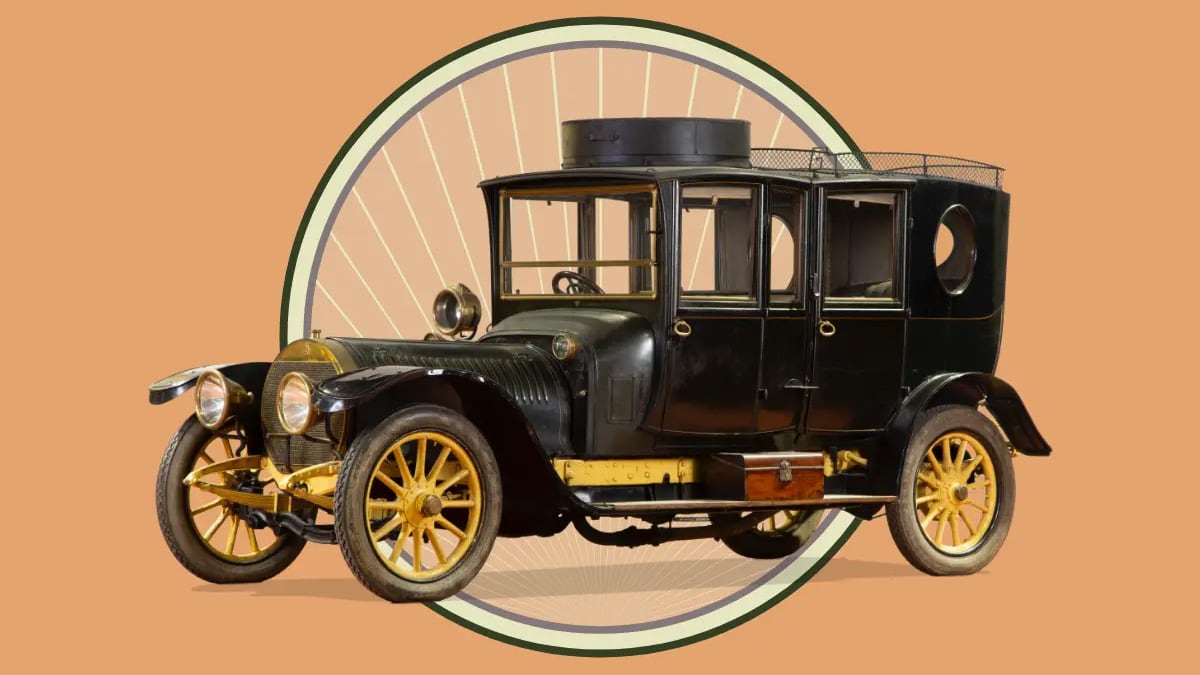
Hotchkiss Double Coupé V 40 uit 1910
Deze zogenaamde dubbele coupé heeft maar liefst tien ramen. Ondanks het traditionele uiterlijk is de techniek zeer vooruitstrevend. Naast een 9,5 liter zescilinder met een vermogen van 75 pk was de auto voorzien van een speciaal door Hotchkiss ontwikkelde aandrijfas constructie die nu nog steeds wordt toegepast.
Bewonder de meest iconische Franse automobielen uit de Belle époque
Bezoek de expositie Automobiles Extraordinaires van 2 december tot en met 6 maart in het Louwman Museum.



